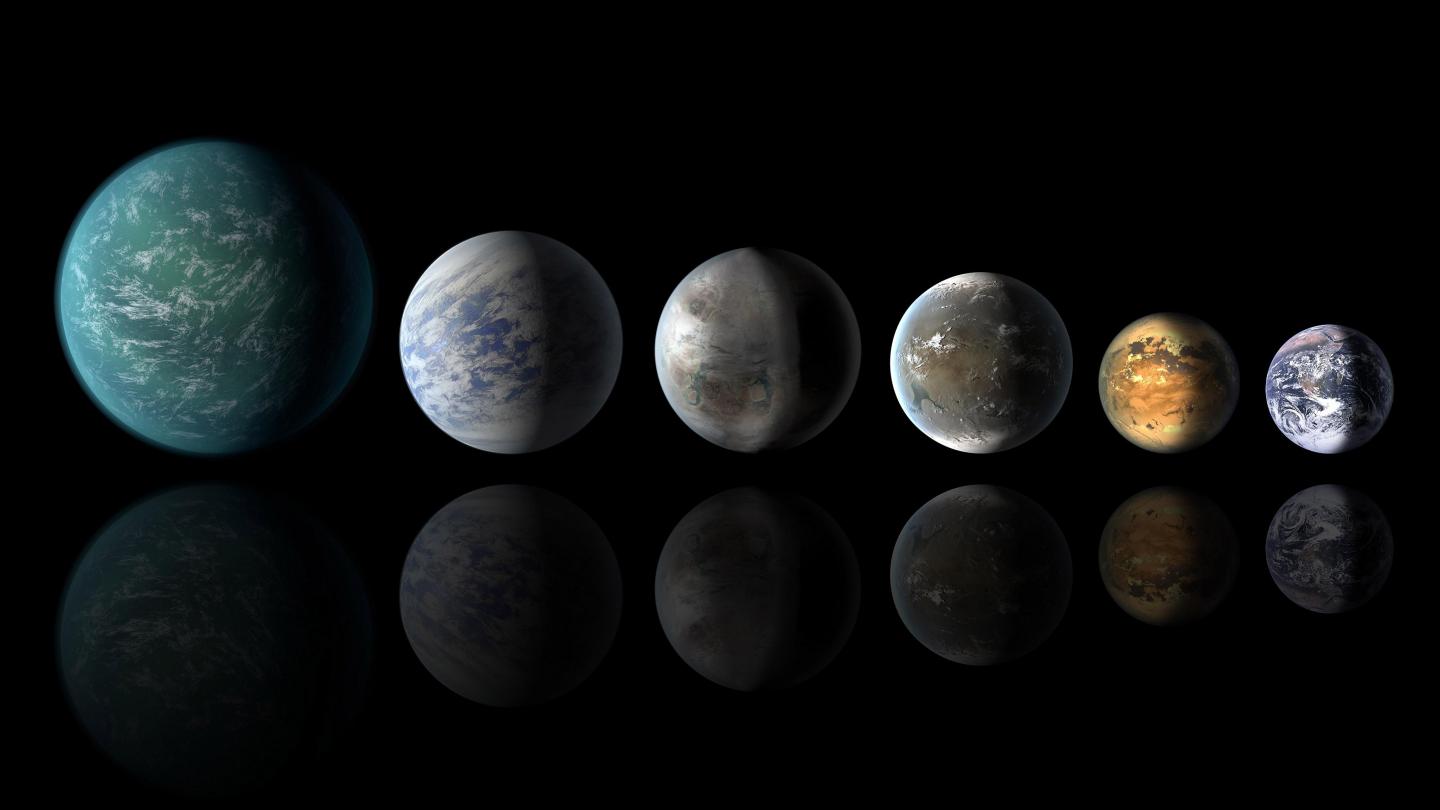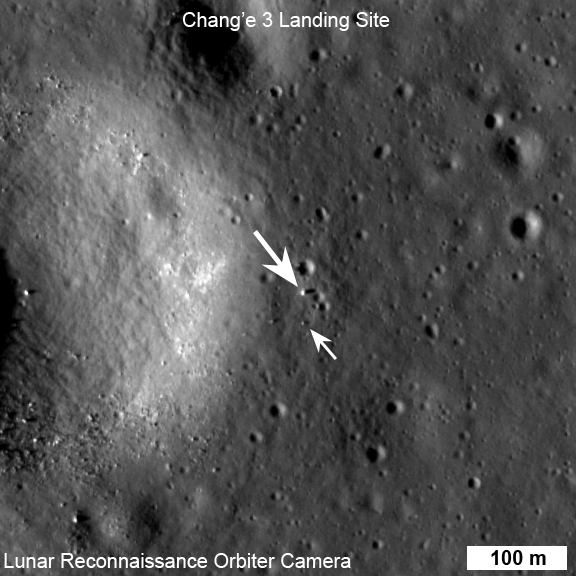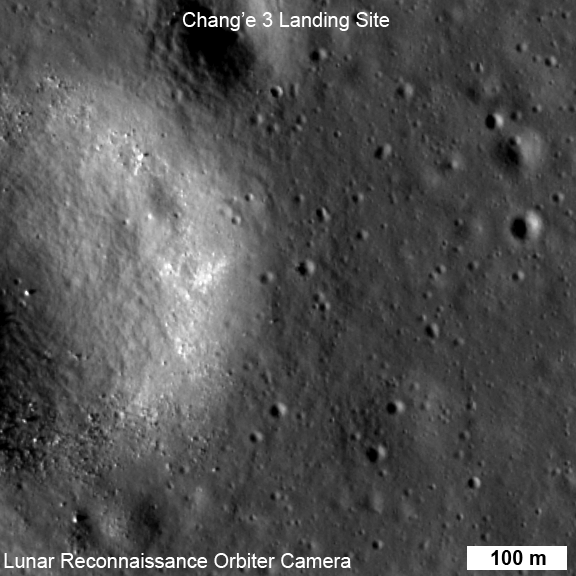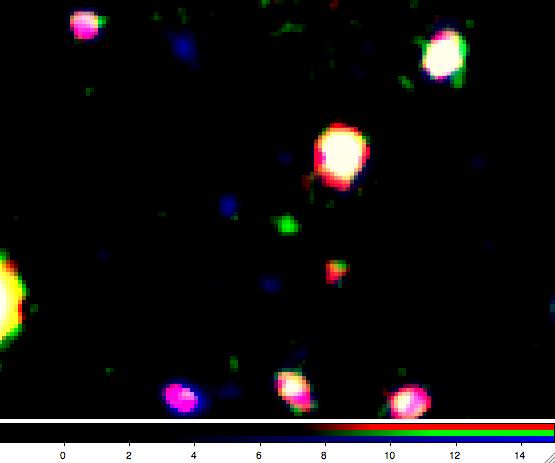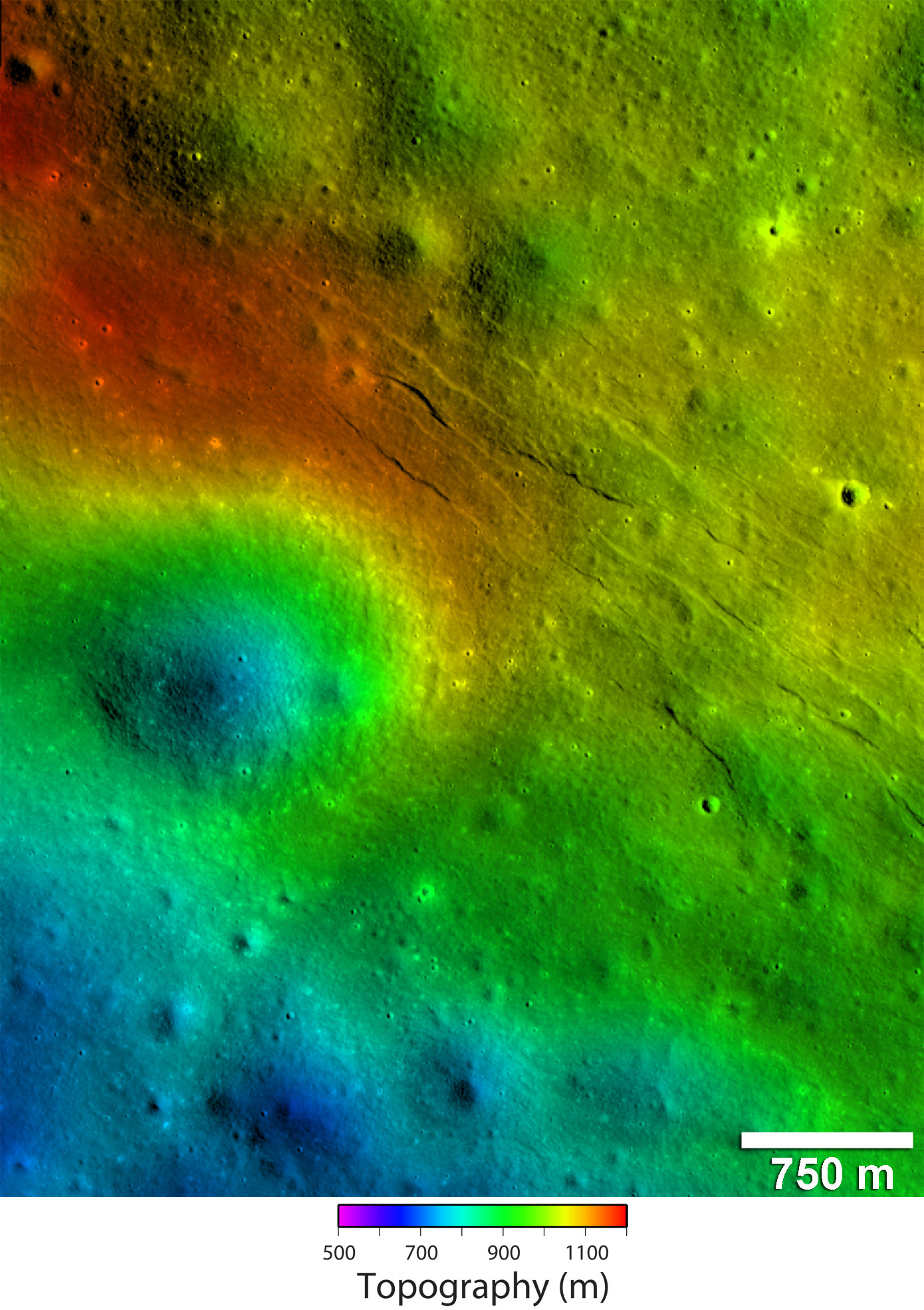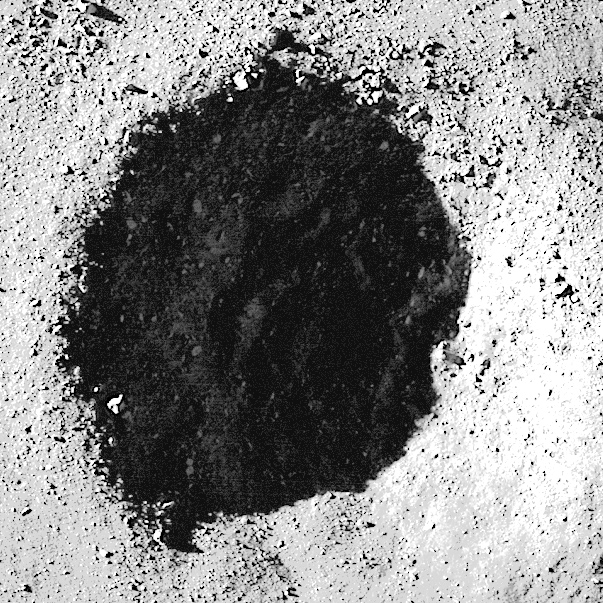[/caption]
Astronomers from Arizona State University have grabbed an image of a dim, distant galaxy, seeing it as it looked only 800 million years after the birth of the Universe. Visible above as a green blob in the center of a false-color image acquired with the Magellan Telescopes at the Las Campanas Observatory in Chile, the galaxy is seen in its infancy and, at 13 billion light-years away, is one of the ten most distant objects ever discovered.
The galaxy, designated LAEJ095950.99+021219.1, was detected by light emitted by ionized hydrogen using the Magellan Telescopes’ IMACS (Inamori-Magellan Areal Camera & Spectrograph) instrument, built at the Carnegie Institute in Washington. In order to even find such a remote object — whose existence had already been suspected — the team had to use a special narrow-band filter on the IMACS instrument designed to isolate specific wavelengths of light.
“Young galaxies must be observed at infrared wavelengths and this is not easy to do using ground-based telescopes, since the Earth’s atmosphere itself glows and large detectors are hard to make,” said team leader Sangeeta Malhotra, an associate professor at ASU who helped develop the technique.
“As time goes by, these small blobs which are forming stars, they’ll dance around each other, merge with each other and form bigger and bigger galaxies. Somewhere halfway through the age of the universe they start looking like the galaxies we see today – and not before.”
– Sangeeta Malhotra, ASU professor
LAEJ095950.99+021219.1 is seen at a redshift of 7, putting it farther away than any other objects previously discovered using the narrow-band technique.
(What is redshift? Watch “How To Measure The Universe” here.)
“We have used this search to find hundreds of objects at somewhat smaller distances. We have found several hundred galaxies at redshift 4.5, several at redshift 6.5, and now at redshift 7 we have found one,” said James Rhoads, associate professor at ASU and research team leader.
“This image is like a baby picture of this galaxy, taken when the universe was only 5 percent of its current age. Studying these very early galaxies is important because it helps us understand how galaxies form and grow.”
So why does LAEJ095950.99+021219.1 not look much like the galaxies we’re used to seeing in images?
Malhotra explains: “Somewhere halfway through the age of the universe they start looking like the galaxies we see today – and not before. Why, how, when, where that happens is a fairly active area of research.”
The team’s NSF-funded research was published in Astrophysical Journal Letters. Read more on Phys.Org News here.

